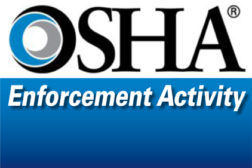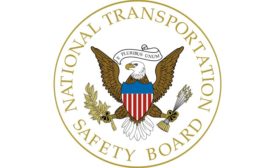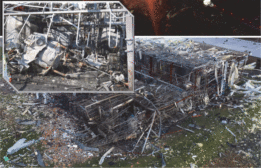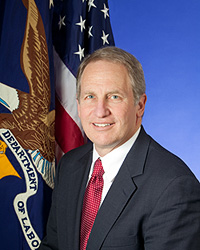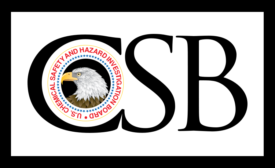Home » Keywords: » chemical industry
Items Tagged with 'chemical industry'
ARTICLES
“A hot and smoky scene” – then it got worse
CSB report details how spilled chemical spill explosion killed four workers
December 19, 2019
A Confined Space blog post
Don’t want to be incinerated in your sleep? Too bad
September 28, 2018
A Confined Space blog post
Court orders EPA to implement chemical plant safety rule
August 20, 2018
A Confined Space blog post
Nightmare now showing at chemical facility near you
April 6, 2018
A Confined Space blog post
It’s always something: Dispatches from the front lines of the battle for workplace safety
February 20, 2018
Become a Leader in Safety Culture
Build your knowledge with ISHN, covering key safety, health and industrial hygiene news, products, and trends.
JOIN TODAYCopyright ©2025. All Rights Reserved BNP Media.
Design, CMS, Hosting & Web Development :: ePublishing
